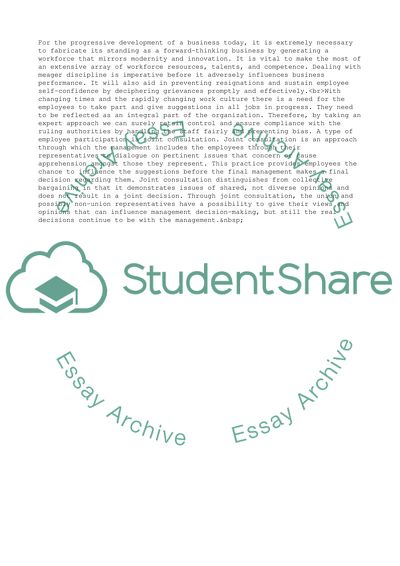Cite this document
(“Managing the Employment Relationship Research Paper - 1”, n.d.)
Managing the Employment Relationship Research Paper - 1. Retrieved from https://studentshare.org/management/1730092-managing-the-employment-relationship
Managing the Employment Relationship Research Paper - 1. Retrieved from https://studentshare.org/management/1730092-managing-the-employment-relationship
(Managing the Employment Relationship Research Paper - 1)
Managing the Employment Relationship Research Paper - 1. https://studentshare.org/management/1730092-managing-the-employment-relationship.
Managing the Employment Relationship Research Paper - 1. https://studentshare.org/management/1730092-managing-the-employment-relationship.
“Managing the Employment Relationship Research Paper - 1”, n.d. https://studentshare.org/management/1730092-managing-the-employment-relationship.


